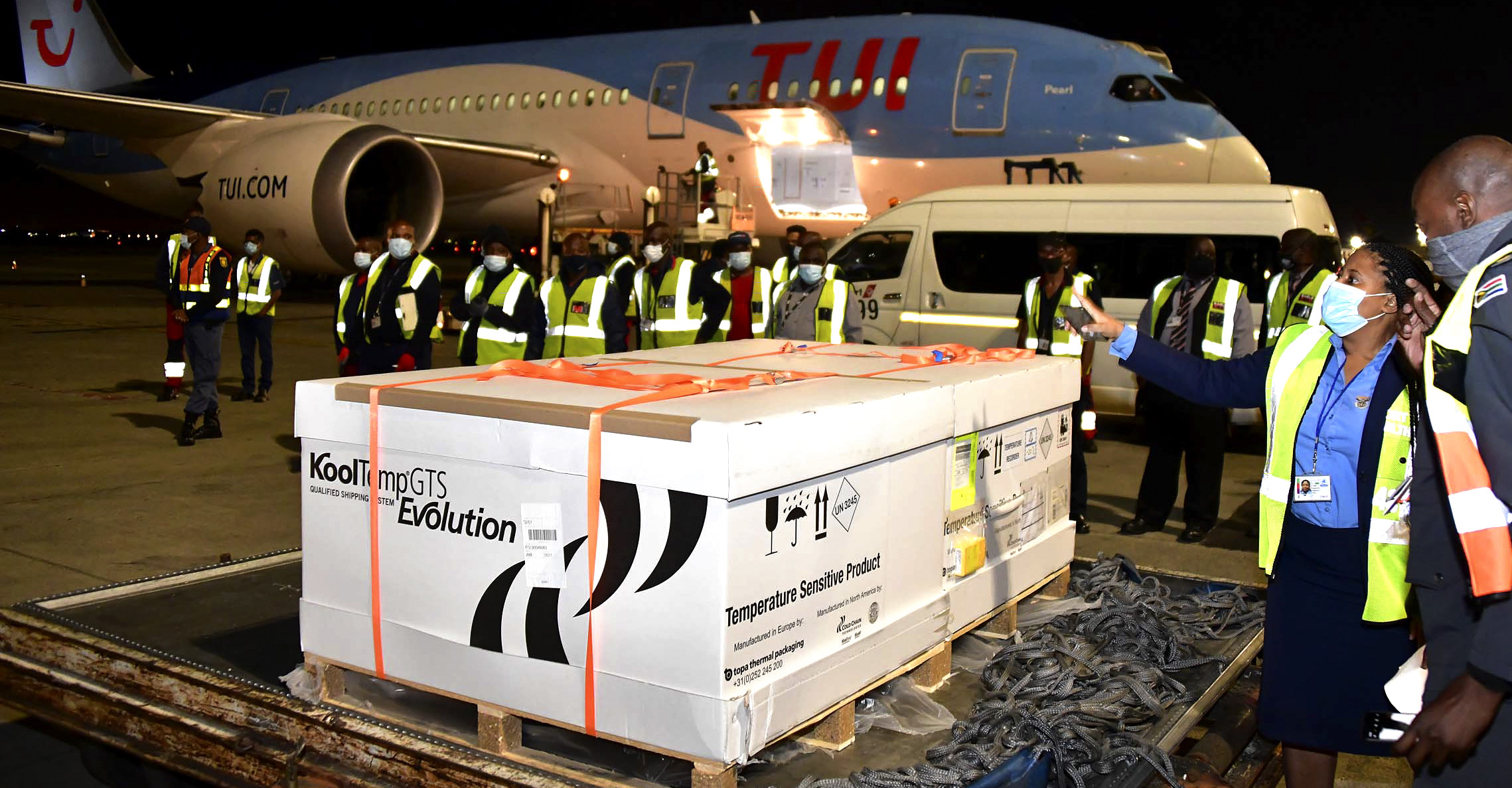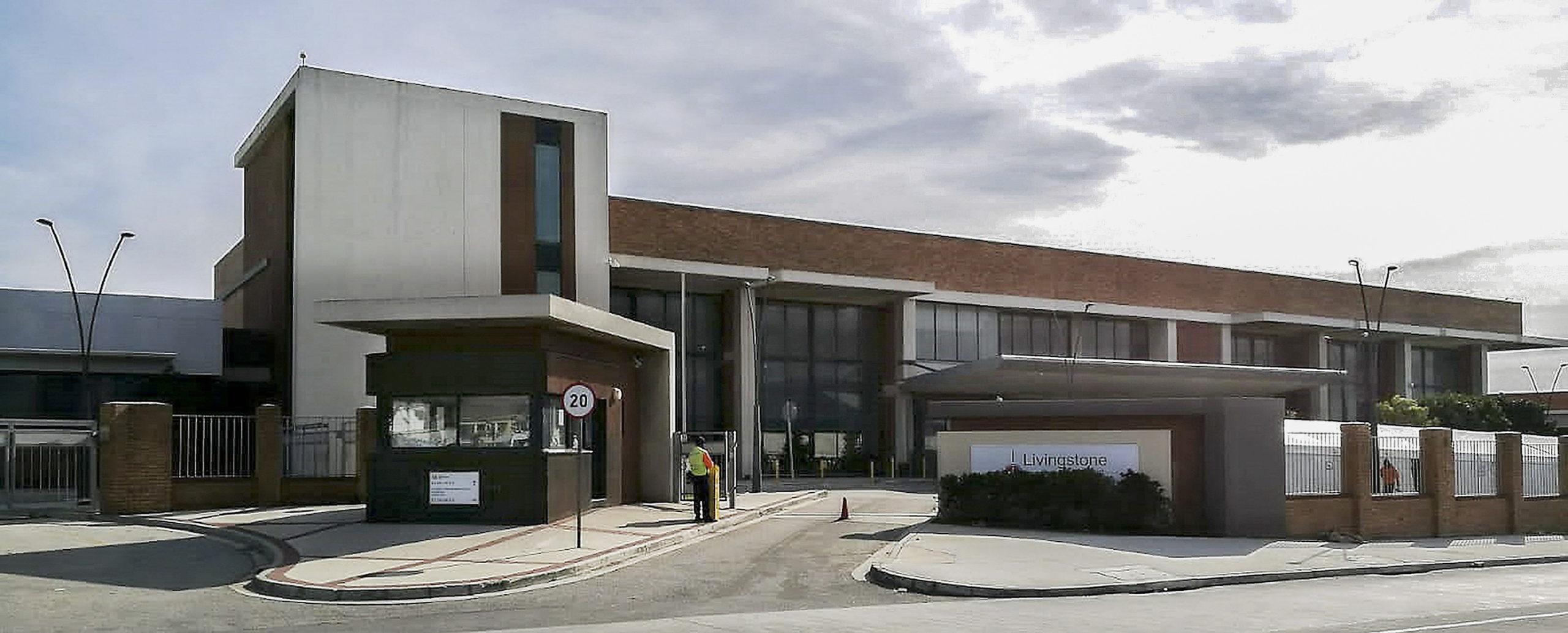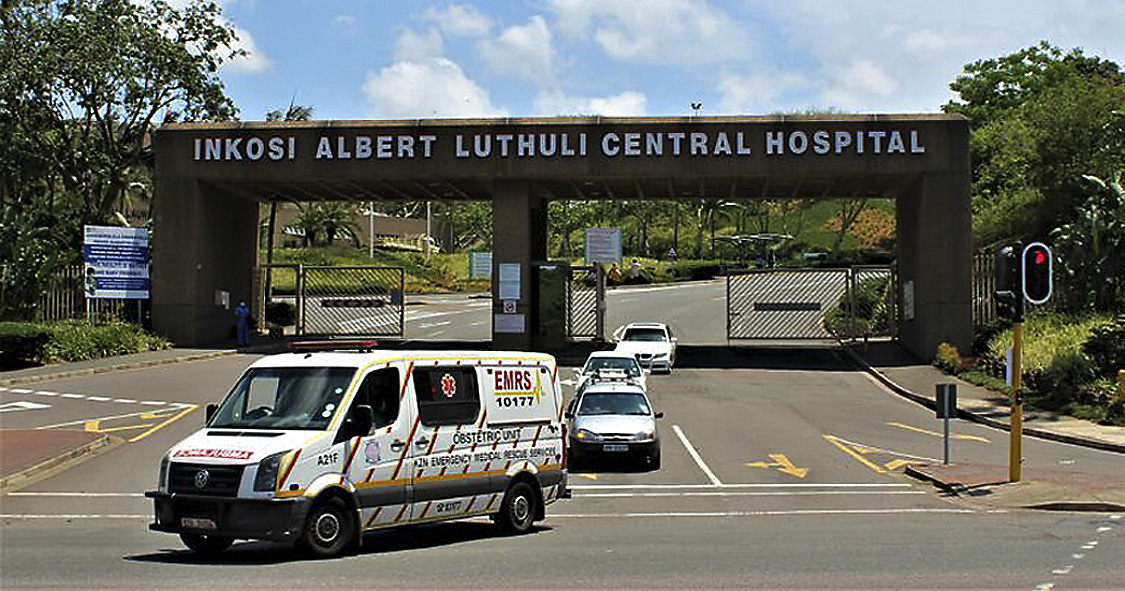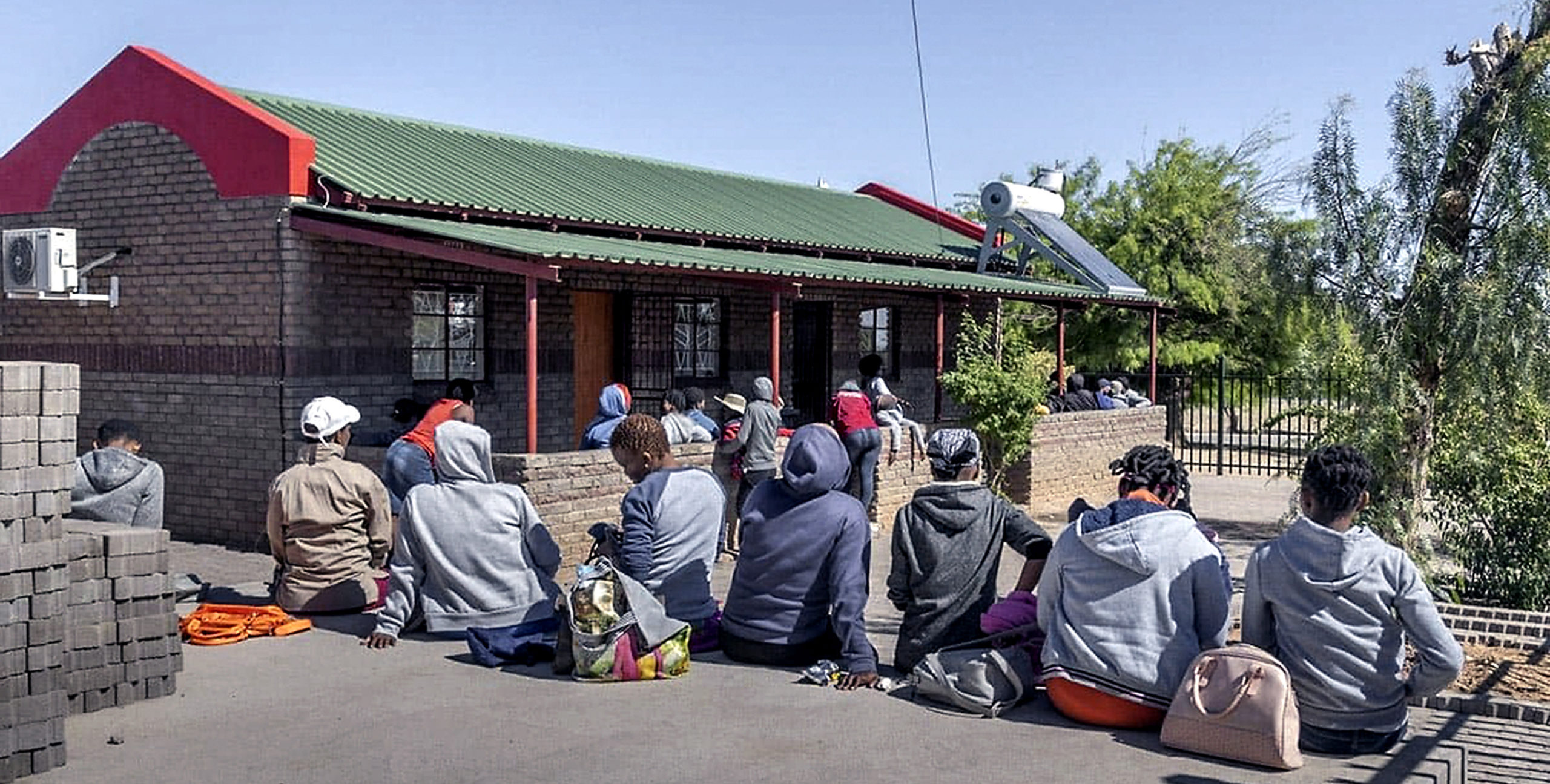South Africa’s vaccine roll-out was set to start early in February 2021, aiming to vaccinate 1.25 million healthcare workers nationwide in its first phase. But it hit a snag when a study indicated the Oxford University/AstraZeneca vaccine earmarked to spearhead the effort failed to show meaningful efficacy in preventing mild or moderate disease caused by the new 501Y.V2 variant.
Health Minister Zweli Mkhize assured the public last week that the roll-out plans are unchanged, just with a different vaccine, probably from Johnson & Johnson (J&J) or Pfizer/BioNTech. The J&J jab has been shown to be reasonably effective in preventing mild to moderate disease and highly effective in preventing severe disease or death caused by the variant.
On 17 February, healthcare workers started receiving the J&J shot as part of a phase III(b) clinical trial. When the roll-out will start outside of trial contexts is not yet known, but will only begin once the South African Health Products Regulatory Authority has given the green light.
Most of the provincial planning presented so far is understood to relate to the latter phase.
Mkhize confirmed on Tuesday that as part of the trial the first batch of 80,000 J&J doses, which arrived that day, will be distributed to 20 vaccination sites across the nine provinces. A team of 64 will vaccinate 80,000 healthcare workers over the next two weeks.
“As more doses arrive the service will be ramped up accordingly to ensure we maintain a good rate of daily vaccines,” he said.
Chairperson of the South African Medical Association, Dr Angelique Coetzee, told eNCA on Tuesday the following hospitals had been chosen for the roll-out of the first batch:
- Eastern Cape: Livingstone and Nelson Mandela Academic hospitals;
- Free State: Pelonomi and Universitas hospitals;
- Gauteng: Chris Hani Baragwanath and Steve Biko Academic hospitals;
- KwaZulu-Natal: Inkosi Albert Luthuli Central and Prince Mshiyeni Memorial hospitals;
- Limpopo: Pietersburg and Mankweng hospitals;
- Mpumalanga: Rob Ferreira and Witbank hospitals;
- North West: Job Shimankana Tabane and Klerksdorp-Tshepong hospitals;
- Northern Cape: Robert Sobukwe Hospital;
- Western Cape: Khayelitsha District, Groote Schuur and Tygerberg hospitals.
The nine provinces have been briefing members of Parliament and the public on their roll-out plans since mid-January. Details may change as more information about the number of vaccines allocated to each province is revealed, and when they will arrive.

The first batch of the Johnson & Johnson vaccines. (Photo: GCIS)
Eastern Cape
In a parliamentary briefing the acting superintendent-general for the Eastern Cape Health Department, Dr Sibongile Zungu, said their roll-out comprises three phases aimed at vaccinating 3.7 million people. The first will focus on about 200,000 healthcare workers, 60,000 of whom are in the public sector and interact directly with patients.
The second phase – essential workers, those in congregate settings and those older than 18 with comorbidities – targets about 1.5 million people.
The target in the third phase, which focuses on all people older than 18, is about two million.
The Eastern Cape faces a significant challenge in reaching all its residents since it has about 45% of the country’s (mostly rural) communities who have to travel more than 5km to a health facility, Zungu said. This translates to just more than 2,800 communities.
The province will set up temporary vaccination sites at key points such as municipal offices, malls, taxi ranks, pharmacies, private hospitals, NGOs and clinics. Mobile services will also be used.
Jabs will also be given at churches, schools and health science facilities at medical schools, Zungu said in an interview with the SABC.
Spotlight previously reported provincial Health MEC Sindiswa Gomba as saying 571 vaccinators were being evaluated and trained and 1,158 vaccination sites were being evaluated.

Livingstone Hospital. (Photo: Mike Holmes)
Gauteng
This province is ready to start rolling out jabs as soon as the national Health Department provides a date, acting chief operating officer for the provincial department, Nomsa Mmope, said last week.
The roll-out will begin in the Charlotte Maxeke Academic and Steve Biko Academic hospitals.
Mmope said the province has enough cold-chain storage for the vaccine and will be able to maintain the two to eight degrees Celsius required for the J&J doses. An alarm on the fridges alerts them to changes in temperature.
Vaccination sites that don’t have big vaccine fridges will receive cooler boxes and ice packs accredited by the World Health Organisation (WHO). Back-up generators are also in place at pharmacies where vaccines are stored. These pharmacies have security alarm systems. Only one batch of vaccines will be taken to the vaccination sites per day to ensure doses don’t go missing.
During the province’s briefing to Parliament, Medical Supplies Depot CEO Dumisani Malele said the roll-out has three phases, the first of which will focus on just more than 215,000 healthcare workers.
The second phase is split into two sections, the first focusing on frontline workers (such as essential workers), and the second on people at highest risk of developing severe disease. The target population is just above 7.3 million.
The third phase focuses on generating herd immunity, targeting a little more than 2.7 million people.
The province aims to vaccinate 67% of its population of about 10 million.
Malelee added that the province has 808 vaccinators and 224 vaccination sites. This was confirmed by Mmope.
In a press conference several days before the parliamentary briefing, Gauteng’s acting head of department for health, Lesiba Malotana, said more than 2,000 potential vaccination sites have been identified for phases two and three.
KwaZulu-Natal
Premier Sihle Zikalala said his province’s roll-out plan, announced on 2 February, follows a phased approach, with phase one comprising two categories: health workers who are in direct contact with patients, and those who aren’t, such as administrative staff.
These categories contain just more than 163,000 eligible personnel, with an estimated 81,000 in the public sector and 49,000 in the private sector.
The province has identified 91 vaccination sites, which include all public hospitals and community health centres. These in turn will be responsible for the clinics and other sites in their catchment areas.
Health MEC Nomagugu Simelane-Zulu said at the press briefing the vaccine process for Covid-19 will be the same as that followed for other vaccines.
To vaccinate the target population, 2,000 nurses “over and above” those who do routine vaccinations have been trained to administer the Covid-19 jab, said Health MEC Nomagugu Simelane-Zulu. This is to prepare for the second and third phases of the roll-out.
She said phases two and three might be a challenge because of the high number of people who need to be vaccinated. Phase two targets essential workers, those older than 60 and those over 18 with comorbidities. Phase three focuses on everyone over 18.

Inkosi Albert Luthuli Central Hospital. (Photo: Sandile Duma / Spotlight)
Limpopo
Premier Chupu Stanley Mathabatha said at a press briefing that Limpopo had 39 sites ready to begin the vaccination process.
In its three-phase plan, the first focuses on frontline health workers in the public and private sectors. It is further divided into two stages: Phase one A focuses on healthcare workers and medical staff such as ear, nose, throat specialists and dentists, who are at high risk of contracting Covid-19 because of their exposure to patients, as well as staff in Covid-19 wards, such as nurses, cleaners and food servers.
Phase one B targets staff who are briefly in direct contact with patients, such as security guards, administrators and clerks, and those who are not in direct contact with patients at all, including human resources and finance.
The second phase is aimed at people in high-risk groups, such as 2over-60s, those in congregate settings and essential workers – a total of about 1.66 million.
The third phase is an open vaccination for all residents of Limpopo older than 18 – about 2.25 million.
MEC for Health, Dr Phophi Ramathuba, told eNCA the province estimates there are 50,000 healthcare workers who need to be vaccinated in the first phase. But only about 44,000 doses of the Oxford/AstraZeneca vaccine will be delivered after the allocation was determined by numbers extrapolated from the national Health Department’s personnel system. The 6,000 staff not accounted for include security guards and community healthcare workers employed by NGOs, Ramathuba said.
Mpumalanga
Mpumalanga Health Department head, Dr Savera Mohangi, presented its roll-out plan to MPs on 17 February, saying it will start the following day.
Mpumalanga was allocated 3,640 doses from the first batch of J&J doses, which will be administered at Rob Ferreira Hospital (2,000 doses) and Witbank Hospital (1,640).
This will cover all the healthcare workers at both facilities, Mohangi said.
Mpumalanga’s roll-out plan will follow three phases, too. Phase one comprises healthcare workers divided into four categories: those who conduct aerosol-generating procedures like intubation, ventilation and taking Covid-19 specimens; those in direct contact with known or suspected Covid-19 cases; those in contact with patients who are not known or suspected to have Covid-19; and those not in contact with patients.
Workers in the private health sector will join once the province receives its second batch of vaccines.
The target population for phase one is just more than 69,000. About 30,000 are in public hospitals and primary healthcare facilities.
The target population for all phases is 3,157,026, Mohangi said.
She said that under the original planning for the AstraZeneca vaccine, 31 hospitals have been identified as vaccination sites, all with WHO-approved fridges and back-up generators. The province is procuring continuous-temperature monitors.
The safety of the first batch will be the responsibility of the Medical Research Council because it is responsible for the vaccine at this point, Mohangi told MPs.
The police will help keep vaccines safe during transit and the vans will have trackers, while the Electronic Vaccination Data System will ensure “the vaccines are given to the right person at the right time”.
Northern Cape
Northern Cape Premier Zamani Saul revealed that the province’s three roll-out phases include an estimated 14,000 “patient-facing healthcare workers” – about 10,000 in the public sector and 4,000 in the private sector.
Dr Dion Theys, who heads the provincial Health Department, told Parliament 245 vaccinators have already been trained and 15 vaccination sites at hospitals identified.
Phase one of three focuses on healthcare workers in four categories.
Category one, of which there are two sub-categories, deals with workers “conducting aerosol-generating procedures” such as ventilating, intubating or taking Covid-19 specimens. The first sub-category comprises only hospital staff, including doctors, nurses, pharmacists, cleaners and administrative clerks who are in direct contact with patients. All clinic staff fall into the second sub-category.
Category two includes staff in contact with known or suspected Covid-19 cases, and category three deals with those in contact with patients who are not known to have, or are not suspected of having, Covid-19.
The fourth category deals with staff who aren’t in direct contact with patients at all.
Theys said phases two and three are a “work in progress”, about which they are still in talks with the national Health Department.
The province still has challenges with connectivity in several “far-flung areas”.
In phase three, 80 teams will transport vaccines in newly acquired vehicles and WHO-accredited cooler boxes to these communities, and administer them. The teams include data capturers, nurses and doctors, according to Theys.
He added that all the vaccine sites have fridges that can adequately store the vaccines. Pharmacists were assigned, under the original planning for the AstraZeneca vaccine, to ensure the cold chain is maintained.

Patients waiting outside Alheit Primary Health Care Clinic outside Kakamas in the Northern Cape. (Photo: Thom Pierce / Spotlight)
North West
The province’s premier, Professor Tebogo Job Mokgoro, briefed the media on its roll-out on 1 February.
He was joined by medical specialist Professor John Tumbu, who said that to achieve herd immunity the province has to vaccinate 67% of its population, which is about 2.7 million.
Tumbu said the province aims to vaccinate about 34,000 frontline healthcare workers in phase one – 23,000 in the public sector and 11,000 in the private sector. In a briefing he said the province was still collecting data on the number of traditional health practitioners, which would be added to the total.
According to Mokgoro, healthcare workers and staff at health facilities will be vaccinated in three phases based on the risk of exposure to Covid-19. The first phase will focus on high-risk units, the second on medium-risk units and the third on low-risk units.
“For the first part of phase one public and private hospitals in the provinces are targeted to be vaccination sites, as they have infrastructure sufficient to cater for this activity,” he said.
Tumbu said the province has identified 21 vaccination facilities for phase one, including two tertiary hospitals, two specialised hospitals and 16 district hospitals.
Western Cape
In February, Dr Keith Cloete, head of the Western Cape Department of Health, outlined the province’s three-phase vaccination plan. The first phase will focus on healthcare workers in the private and public sectors, care workers, community healthcare workers, health science students and traditional healers. The estimated target population is 133,000.
The second phase comprises essential workers, people in congregate settings, over-60s and those over 18 with comorbidities. The target is about two million people.
The rest of the population, who are over 18 and number about 2.9 million, will receive the jab in the third phase.
Health MEC, Dr Nomafrench Mbombo, said vans with trackers and temperature meters will be used.
Once received, the vaccines (which at this point referred to the AstraZeneca shot) will be taken directly to the Cape Medical Depot, which normally houses vaccines for the province, she said.
Cloete said last week that 93 additional vaccine-friendly fridges had arrived in the province. The generators have been assessed and portable generators are on standby.
Minus-70-degree storage facilities to house the Pfizer vaccine have been confirmed with Stellenbosch University, he added.
The master list of vaccination facilities is still being finalised, but Cloete has said 378 vaccination sites have been identified in the public sector and 41 in the private sector.
SAPS and other law enforcement are being briefed to ensure the vaccines are kept safe during transportation, he said.
A total of 583 vaccinators have been trained so far, and they are located mainly at Groote Schuur Hospital and Tygerberg Hospital. According to Premier Alan Winde, 3,084 vaccinators had registered by 10 February.
Free State
Plans had not been shared with the public by 16 February. DM/MC
This article was published by Spotlight – health journalism in the public interest.
Sign up for our newsletter.






 Become an Insider
Become an Insider